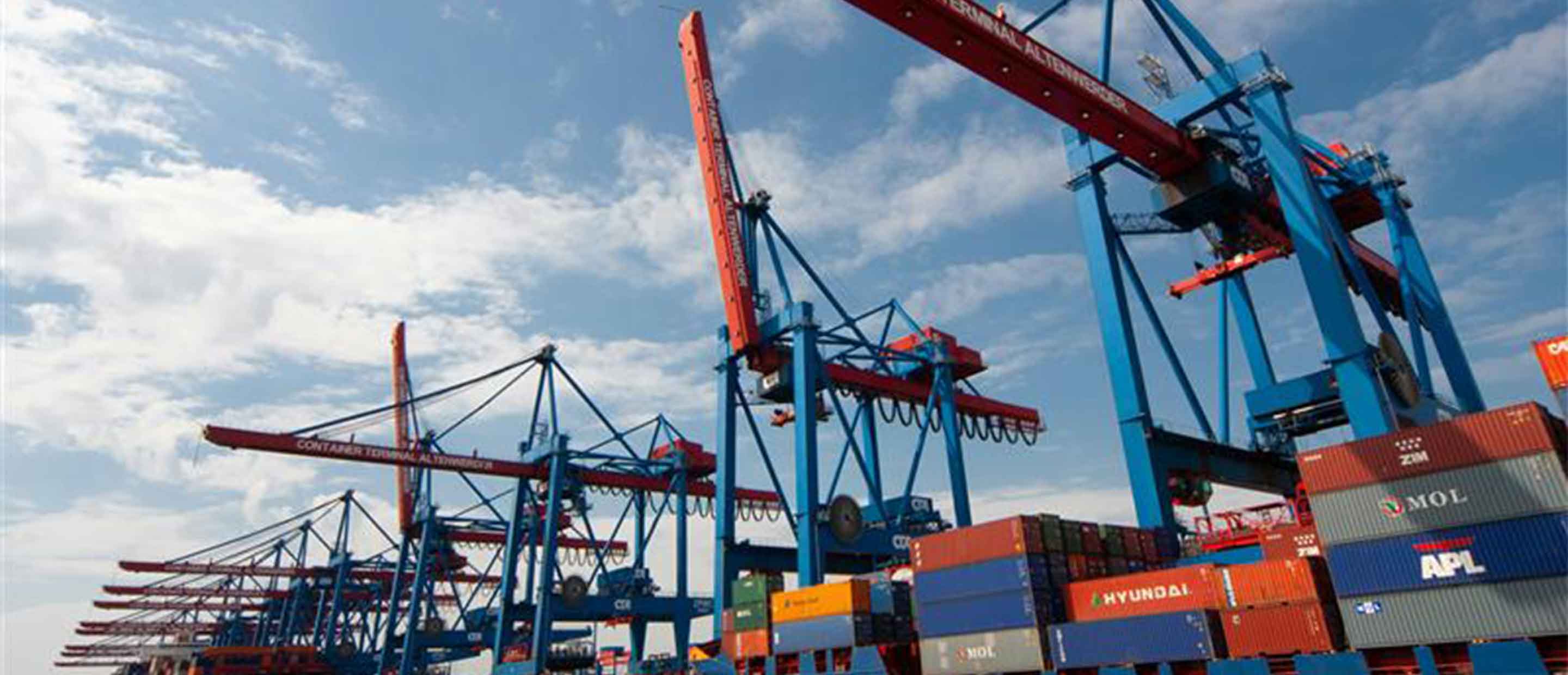Please note: this article is more than one year old. The views of our CIO team may have changed since it was published, and the data on which it was based may have been revised.
As ESG has become central to many investors’ portfolios, the emphasis will increasingly shift to how to achieve sustained long-term returns from ESG investment in a portfolio context.
For us, the key to this remains effective strategic asset allocation. But, as we explain in this CIO Special, environmental change will have multiple implications for the three key components of strategic asset allocation: macroeconomic and asset class predictions, understanding and management of risk implications, and individual security selection.
Key takeaways:
- The key to sustained long-term returns from ESG investment is effective strategic asset allocation. This is more important than a focus on tactical performance.
- Incorporating ESG into strategic asset allocation needs to be done at three levels: macroeconomic and asset class predictions, understanding of risk implications, and individual security selection. We discuss ways to do this.
- Strategic asset allocation will help us distinguish between long-term and temporary impacts on performance. Better understanding of global value chains and concepts such as “double materiality” will allow increasingly sophisticated ESG investing.
ESG investment: where are we now?
ESG investment levels remain high but variable. Investor interest remains considerable, despite recent debate, and green policies are accelerating investment growth in some areas. For our full rundown on the state of ESG, download the report below.







